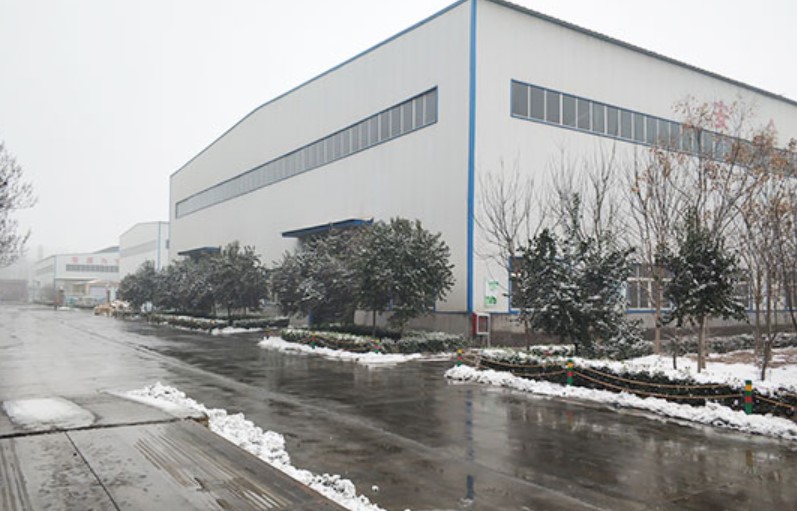Traffic is a vital part of urban life that reflects the dynamics of both vehicles and people navigating through our cities. In Huaan, a town known for its unique traffic patterns and behaviors, understanding the flow and patterns of traffic can provide significant insights into how best to enhance safety, improve efficiency, and support sustainable development. The complexities of Huaan traffic can be seen in the daily commutes, bustling markets, and routine deliveries that contribute to the town’s vibrant economy.
The Importance of Traffic Analysis
To effectively manage Huaan traffic, it is essential to analyze various factors that contribute to its flow. This analysis involves studying traffic density, peak hours, and the movement of different types of vehicles, including personal cars, public transportation, and commercial trucks. By identifying these patterns, local authorities can make informed decisions on infrastructure improvements, road safety measures, and traffic regulations.
Factors Influencing Traffic Flow
Several factors can significantly influence Huaan traffic patterns. Weather conditions, for example, can affect road safety and vehicle performance, inducing changes in driving behavior. Similarly, special events or festivals can lead to increased congestion due to heightened foot traffic and vehicle circulation. Understanding these external factors is crucial for developing responsive traffic management strategies.
Technology’s Role in Traffic Management
Advancements in technology have made it possible to monitor and manage Huaan traffic more effectively. Intelligent Transportation Systems (ITS), including real-time traffic monitoring cameras, traffic signal optimization, and GPS tracking for public transport, play a pivotal role in easing congestion and improving road safety. These technologies allow for timely responses to traffic incidents and enable better planning for future developments.
Sustainable Traffic Solutions
As Huaan continues to grow, the need for sustainable traffic solutions becomes increasingly critical. Promoting public transportation, developing cycle lanes, and creating pedestrian-friendly spaces can help reduce vehicular congestion while fostering a healthier urban environment. Initiatives aimed at reducing carbon emissions and encouraging alternative transport methods present a win-win for urban planners and residents alike.
The Impact of Urban Planning on Traffic Dynamics
Urban planning plays a crucial role in shaping the traffic dynamics of Huaan. Thoughtful land use planning that incorporates residential, commercial, and recreational spaces can help reduce travel distances and promote the use of alternative transportation methods. By strategically locating amenities within walkable distances, urban planners can encourage a modal shift from cars to walking, cycling, or public transportation, thereby alleviating traffic congestion and enhancing overall quality of life.
Community Engagement in Traffic Solutions
Community involvement is essential in developing effective traffic solutions tailored to the unique needs of Huaan. Engaging residents in discussions about traffic concerns and proposed changes foster a sense of ownership and responsibility towards shared public spaces. Local workshops, surveys, and public forums can serve as platforms for community feedback, enabling authorities to gain insights into residents’ commuting patterns and preferences. This collaborative approach ensures that solutions are not only practical but also widely accepted and supported by the public.
Future Trends in Traffic Management
As cities evolve, so too must the strategies employed for managing traffic. Emerging trends such as the integration of electric and autonomous vehicles, smart city initiatives, and the application of big data analytics are set to redefine traffic management in Huaan. These innovations can lead to enhanced traffic flow, reduced emissions, and improved road safety. Authorities must stay vigilant and adopt these advancements to create a forward-thinking transportation network that meets the challenges of the future.
The Role of Education and Awareness
Finally, enhancing traffic flow and safety in Huaan requires an emphasis on education and public awareness. Initiatives aimed at informing residents about road safety rules, the importance of alternative transport, and the benefits of sustainable practices can foster a culture of responsible driving and commuting. Educational campaigns in schools, community centers, and social media can drive home the importance of each individual’s contribution to improving traffic dynamics. By empowering citizens with knowledge, Huaan can develop a more harmonious coexistence between vehicles and pedestrians on its roads.
Conclusion
In summary, understanding and managing Huaan traffic is essential for ensuring a safe, efficient, and sustainable urban environment. Through comprehensive traffic analysis, embracing technology, and promoting community engagement, the town can effectively address the challenges posed by burgeoning traffic volumes. Sustainable practices, thoughtful urban planning, and educational initiatives further enhance the quality of life for all residents. Moving forward, it is imperative that local authorities remain adaptive to emerging trends and innovations, ensuring that Huaan traffic is not only manageable but also conducive to the overall growth and development of the community.


